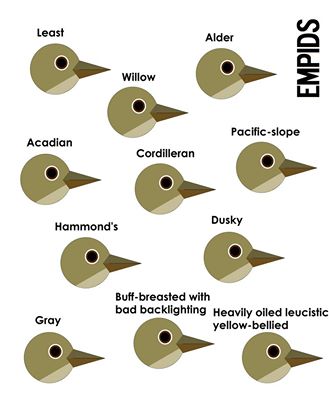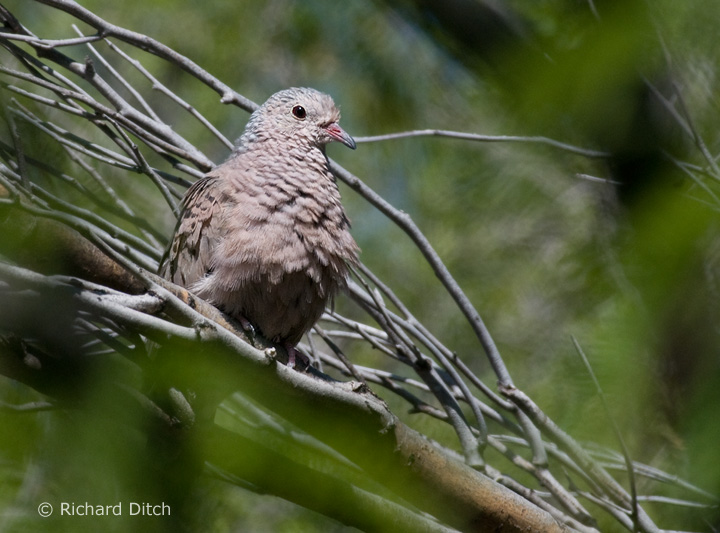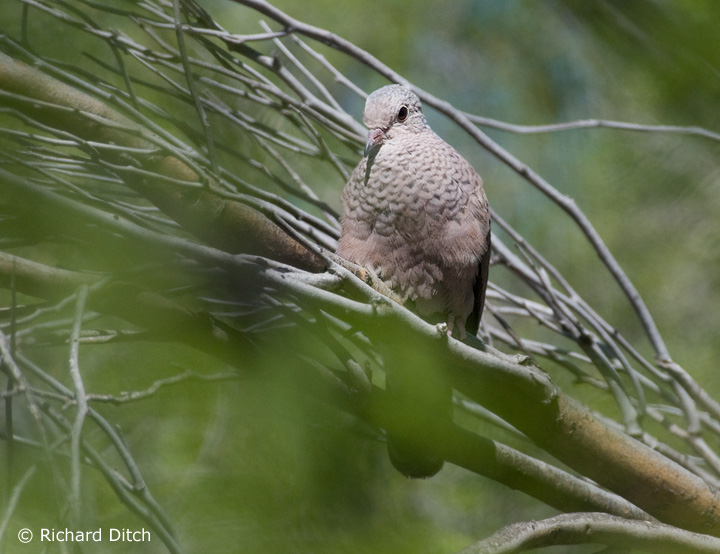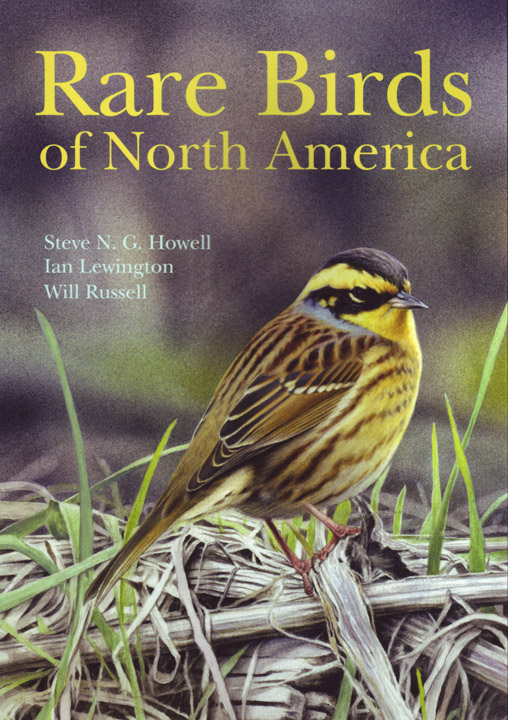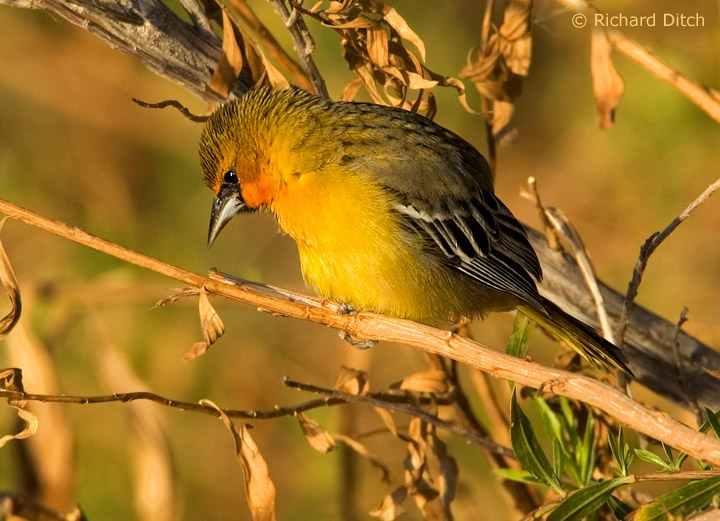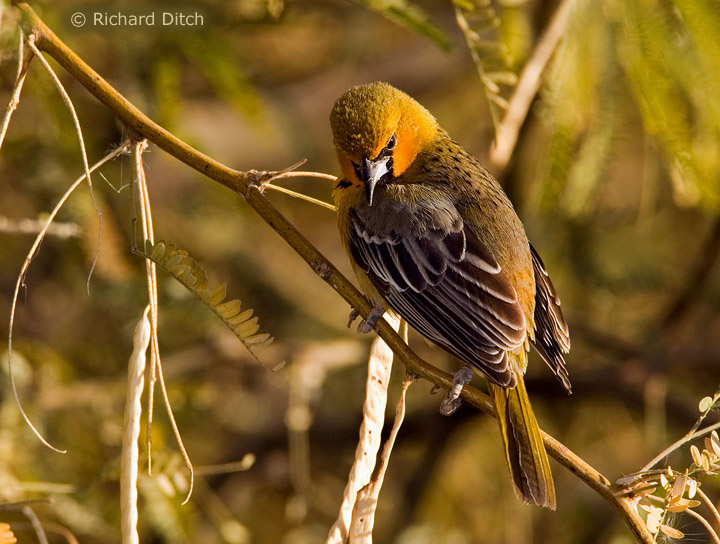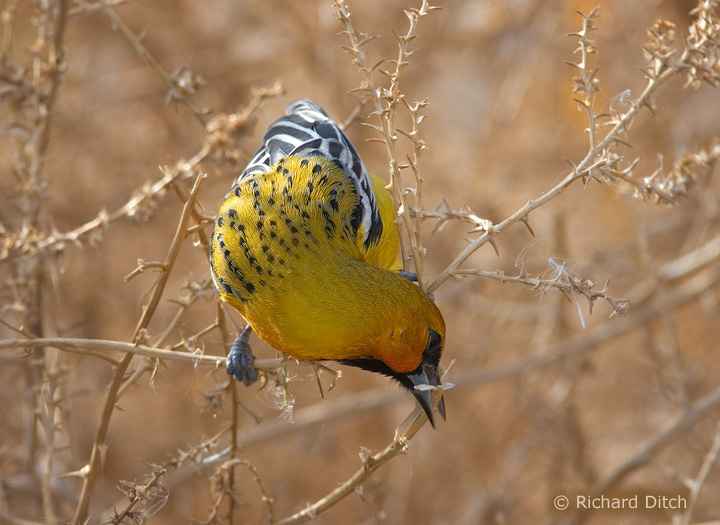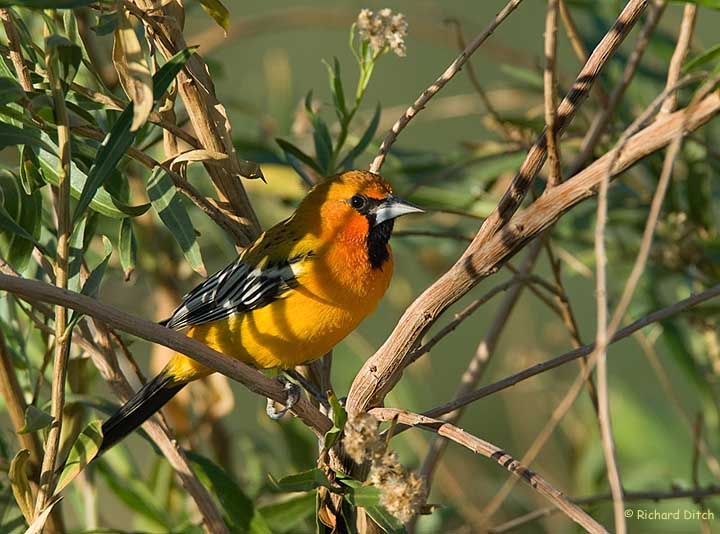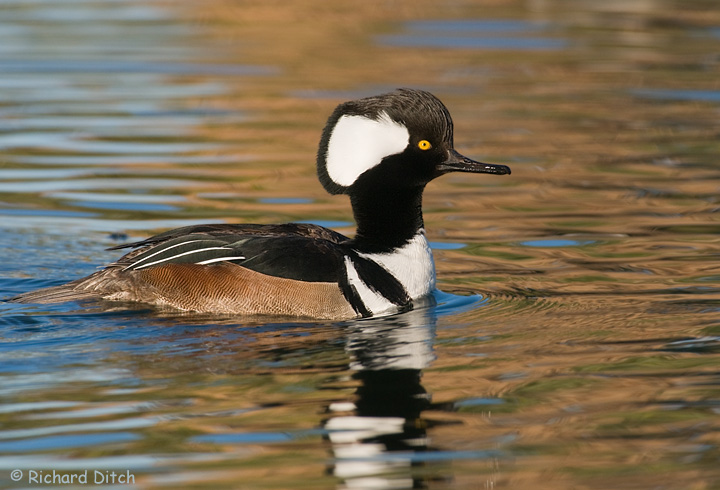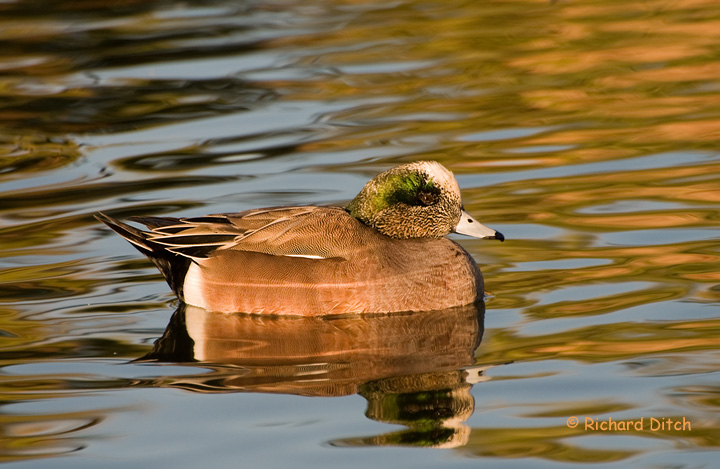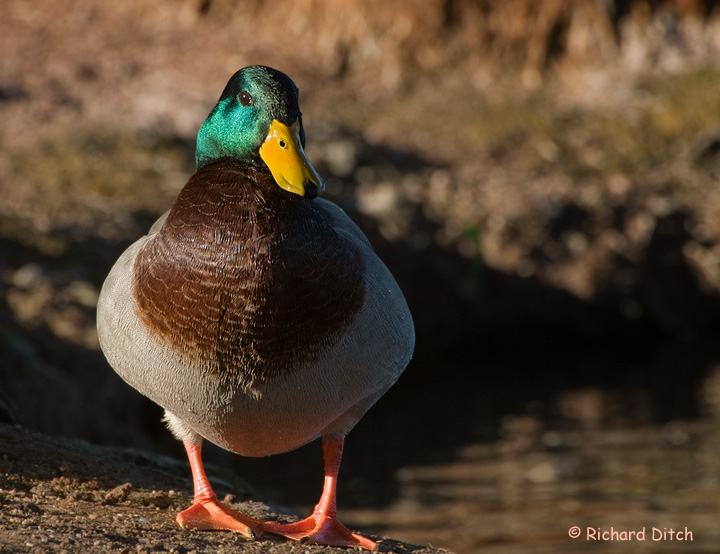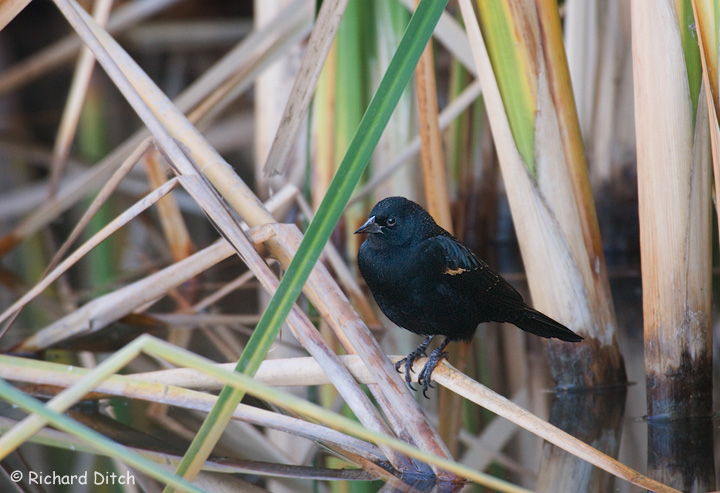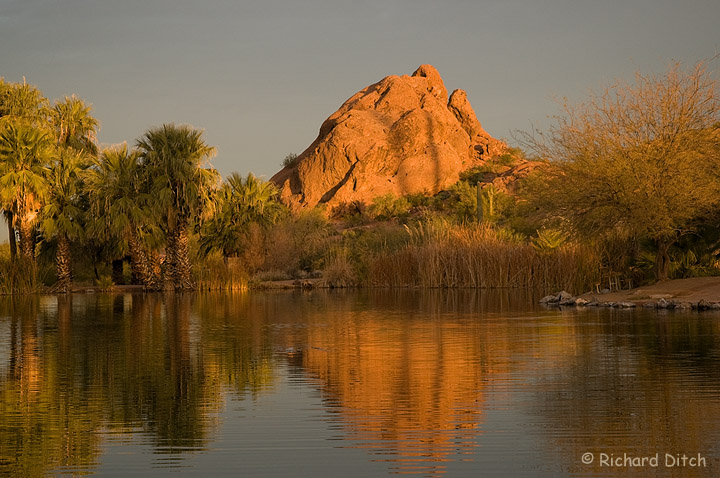
Papago Park
Nikon D300, Nikkor 18-70 AF-S at 52mm, ISO 400, 1/320th second at f/5.6
Since the start of 2014 I’ve been making a few early morning visits to Papago Park, between the Phoenix Zoo and the Desert Botanical Gardens, jus east of Sky Harbor Airport and near the edge of Tempe, AZ.
I’ve been there occasionally over the years I’ve lived in Phoenix to add various ducks to my annual Year List, or to take advantage of the wintering ducks that allow close approach for photos. In the past it has always felt a bit too “urban”for full outdoor enjoyment, but I’ve gotten past that this year with visits on weekdays around dawn when there’s almost nobody else present.
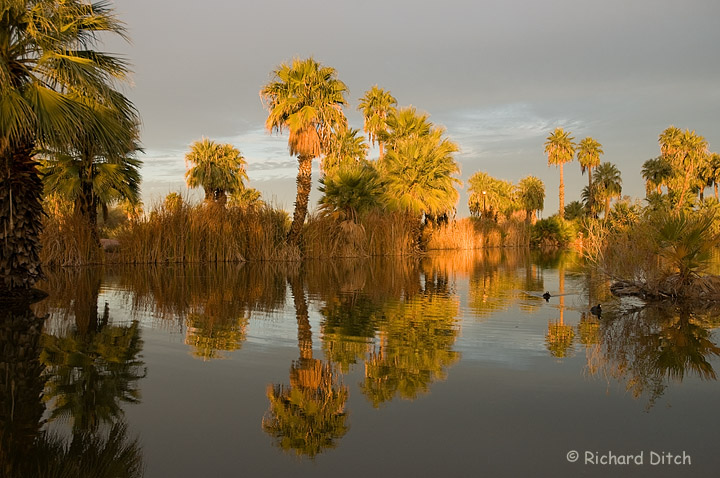
Papago Park
Nikon D300, Nikkor 18-70 AF-S at 24mm, ISO 400, 1/250th second at f/5.6
A few days ago I was blessed with unusual conditions for Phoenix – solid cloud cover in the west with breaking sun rising in the east. That gave me the chance to capture local elements in warm morning light against a dark sky background. So for a while I ignored the birds and my big lens, grabbing the other body with wide angle zoom for some scenic views. For a change I played around with a variety of compositions, like this vertical view.
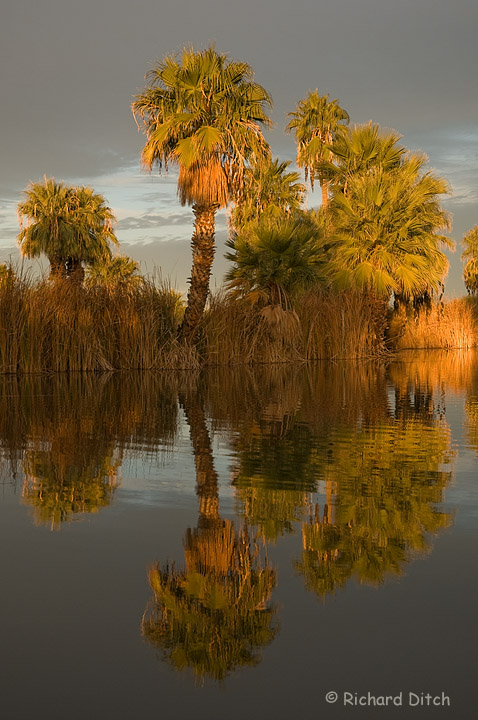
Papago Park
Nikon D300, Nikkor 18-70 AF-S at 38mm, ISO 400, 1/200th second at f/5.6
The light was low contrast so I could also play around with exposure a bit and not worry about pushing the histogram off either end of the scale.
I’ve got lots of bird images as well, of course. I’m nowhere near finished editing and processing my favorites, but I do have a few ready to share.
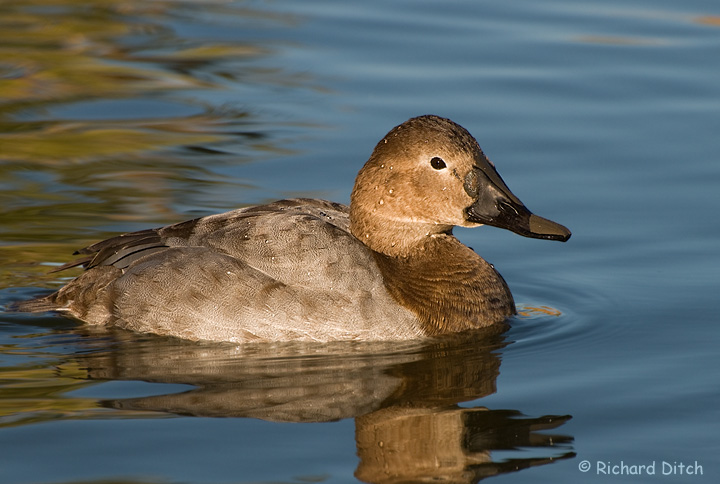
Canvasback
Nikon D300, Nikkor 70-300 AF-S at 280mm, ISO 400, 1/400th second at f/11
This is a good example of how accommodating the ducks are at Papago Park. The vast majority of my avian photos were taken with my modest 70-300 zoom, hand held, and often at less than the 300mm setting. I must say that the freedom of using this compact and lightweight lens, compared to my usual 300/2.8 and 2x converter, is intoxicating.
For comparison, here’s another Canvasback shot, this time with the 300 and 2x.
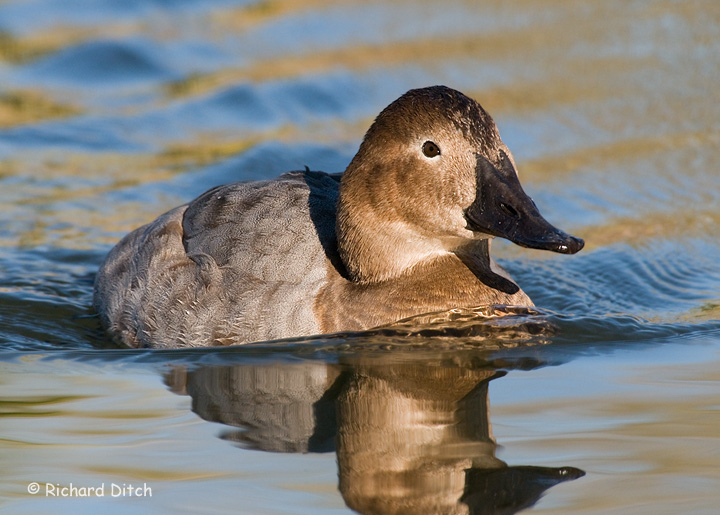
Canvasback
Nikon D300, Nikkor AF-S 300/2.8 plus TC20E III (2x), ISO 800, 1/800th second at f/11
More duck species and images are yet to be processed and hopefully will show up in the next post soon.
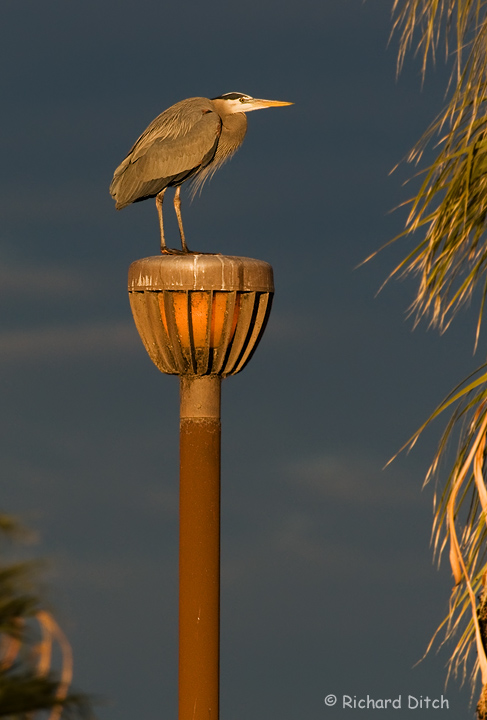
Great Blue Heron
Nikon D300, Nikkor AF-S 300/2.8 plus TC20E III (2x), ISO 800, 1/1250th second at f/8
I couldn’t resist this Great Blue Heron that landed on an interesting lamp post in the warm morning light and against the dark sky.
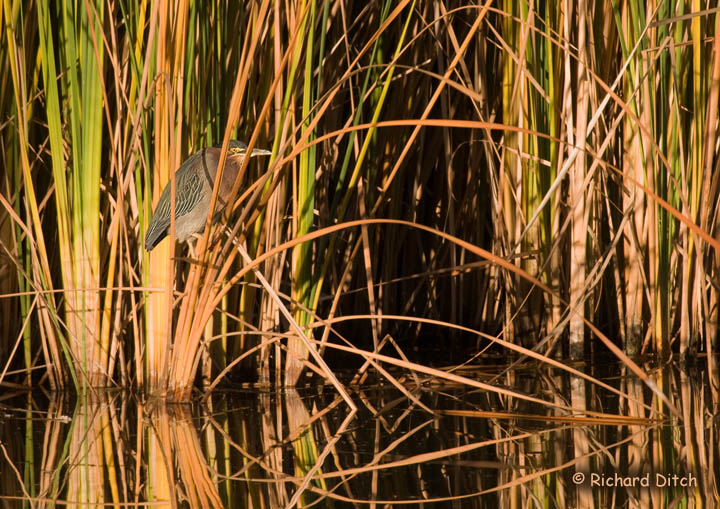
Green Heron
Nikon D300, Nikkor AF-S 300/2.8 plus TC20E III (2x), ISO 400, 1/1250th second at f/8
I also managed a couple shots of Green Herons in “micro habitats” that make this urban park seem a bit more wild than it really is.
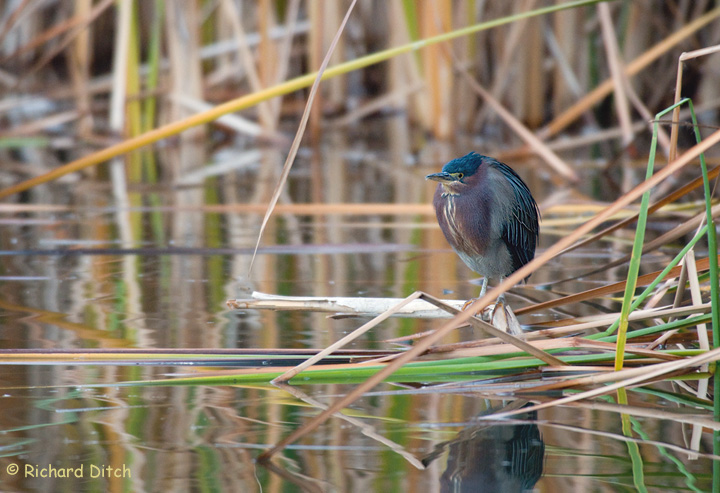
Green Heron
Nikon D300, Nikkor AF-S 300/2.8 plus TC20E III (2x), ISO 12500, 1/160th second at f/5.6
